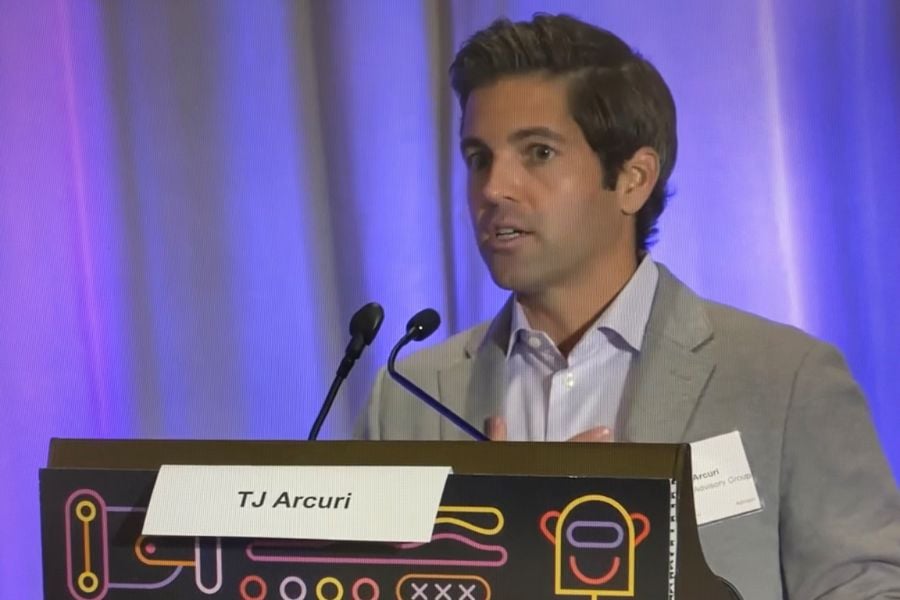

With retirement planning becoming more and more important to individuals looking to prioritize well-being over work, firms and advisors must innovate the solutions they offer.
TJ Arcuri, of SageView Advisory Group, says he’s finally seeing some change in the sector after decades of hammering home the importance of strategized plans that drive income.
“I feel like the industry is way ahead of where Americans are in the discussion of retirement income,” says Arcuri. “It seems like we’ve been talking about retirement income for the last 10 to 15 years, but it’s really become more of a buzzword from my perspective. We fortunately have a lot more plans with higher participation rates and higher savings rates than ever in many cases.”
The evolution of these retirement plans has been robust, incorporating features like automatic enrolment and escalation to enhance participation and savings rates. And yet, as these plans become more sophisticated, Arcuri points out a critical oversight: the end-user’s understanding and practical engagement with these strategies.
This realization has sparked a shift toward creating more comprehensive educational solutions that guide participants from the start of their savings journeys to the complexities of retirement. At SageView, they have invested in PersonalSAGE, a financial wellness program offering real-time one-on-one consultations with participants and group education combined with a technology-driven web-based financial tool to provide a personalized snapshot of the participant’s debt, emergency savings, and retirement income projections.
“It’s like if your car blows out a tire on the highway – you call AAA to come fix it. Then they say, ‘Gosh … you really need an oil change.’ I’d say, ‘Yes, I get that. I understand I need an oil change, but can you at least change my tire first?’ If managing debt is the tire, then retirement income solutions are the oil – they’re the basics of financial management.”
Arcuri points out the alarming levels of consumer debt and the everyday financial struggles that overshadow long-term financial planning.
“More than 50 percent of Americans spend more than they make,” he says. “Last August, consumer debt hit an all-time high of over a trillion dollars. When you have these conversations with individuals, they’re more focused on how they can address their needs now, so they can discuss retirement income.”
Innovative approaches over the past few years have aimed to present a more comprehensive view of an individual’s financial status, encompassing both in-plan and external savings. There’s been a shift, too, Arcuri notes, in perspective among plan sponsors, when it comes to moving a retirement income solution out of the plan and into an IRA.
“That’s a fairly recent development that I think addresses the portability and the perspective of the plan sponsor,” he says. “The question now is costs – that part is still in the works.”

Most firms place a limit on advisors’ sales of alternative investments to clients in the neighborhood of 10% a customer’s net worth.

Those jumping ship include women advisors and breakaways.

Firms in New York and Arizona are the latest additions to the mega-RIA.

The agent, Todd Bernstein, 67, has been charged with four counts of insurance fraud linked to allegedly switching clients from one set of annuities to another.

“While harm certainly occurred, it was not the cataclysmic harm that can justify a nearly half billion-dollar award to the State,” Justice Peter Moulton wrote, while Trump will face limits in his ability to do business in New York.
Orion's Tom Wilson on delivering coordinated, high-touch service in a world where returns alone no longer set you apart.
Barely a decade old, registered index-linked annuities have quickly surged in popularity, thanks to their unique blend of protection and growth potential—an appealing option for investors looking to chart a steadier course through today's choppy market waters, says Myles Lambert, Brighthouse Financial.
